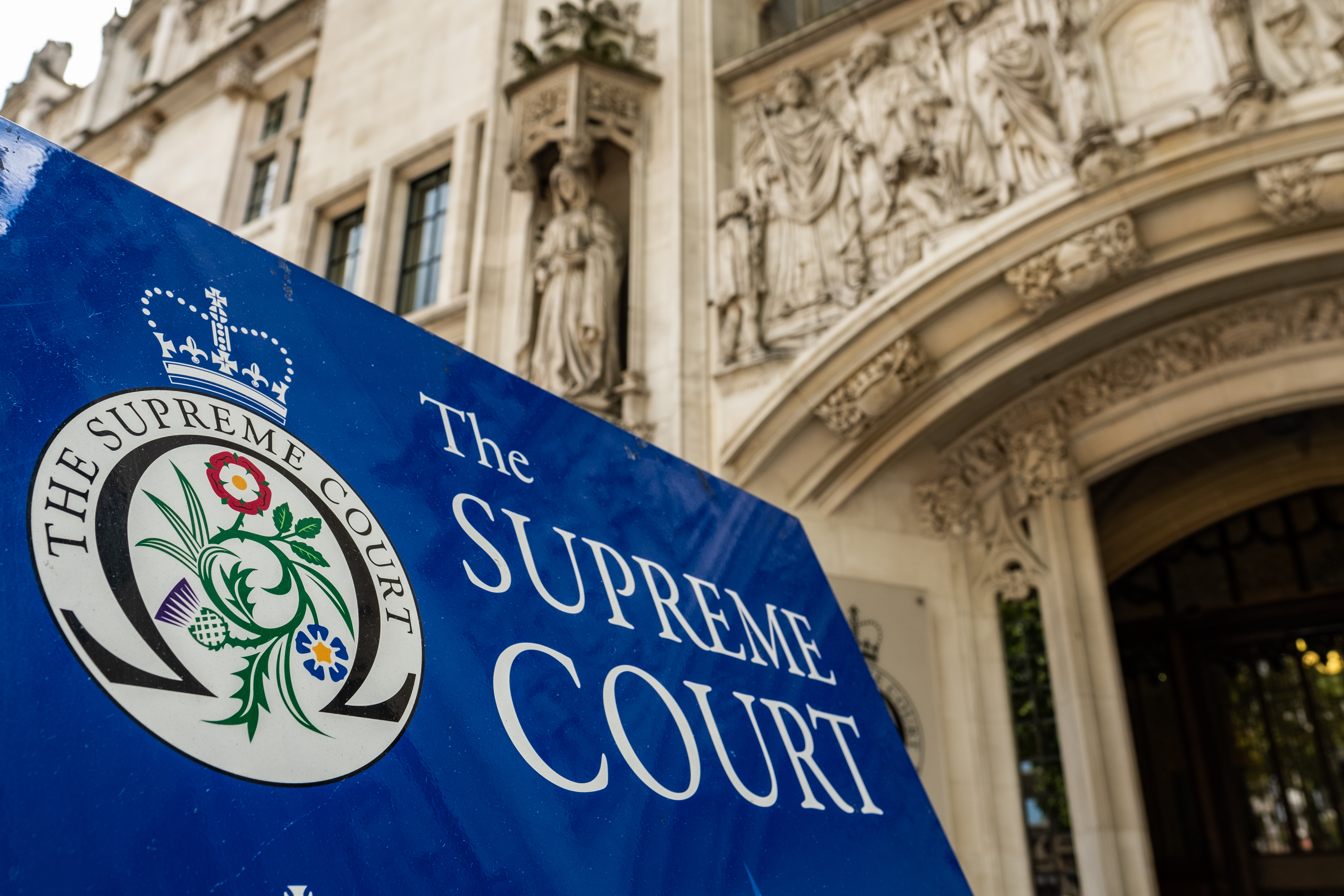We commented on the case of Harpur Trust v Brazel [2019] EWCA Civ 1402 when the Appeal Court’s judgement was published and warned the readers that the 12.07 percent calculation method may not be the correct method of calculating holiday accrual.
Holiday accrual for part-year workers or irregular hours
The case was recently heard at the Supreme Court and we finally have a clarification on the issue of holiday accrual for part-year workers or workers with irregular hours.
Freeths LLP has published an article touching on the possible implications of the judgement and made the following conclusions on the ‘conformity principle’ (the 12.07 percent method of calculating):
…the Supreme Court upheld the Appeal Court’s ruling in favour of Miss Brazel due to the following factors;
- The ‘conformity principle’ is contrary to Regulation 16 of Working Time Regulations (WTR);
- It requires employers to keep a detailed record of exact hours worked which is prone to mistakes and impractical in some circumstances;
- Although the European Court of Justice has previously ruled in favour of the ‘conformity principle’, the Working Time Directive (WTD) does not prevent a more generous provision being made by domestic law; and
- Even if the WTR results in a worker in being entitled to a greater amount of leave compared to a full-time worker, ‘such construction is compliant with the WTD’.
The Supreme Court also concluded that if it had ruled in favour of the employer it would have essentially been amending the legislation set down by the UK Parliament. The Supreme Court did not find the employer’s argument sufficient to justify a revision to the statutory provisions set out in the WTR.
The Court therefore concluded that the ‘calendar week method’ is the correct way of calculating holiday entitlement which is compliant with WTR and the WTD.
In consideration of Supreme Court’s ruling, pro-rating holiday entitlement is no longer a lawful way to calculate holiday pay. Whilst it is important to note that this change does not apply to part time workers who work regular hours, it does create a problem for employers who engage workers on irregular hours, especially those who do not work every week and who calculate their holiday pay based on 12.07% of the hours worked.
Conclusion
Employers who engage workers on zero hours contracts or workers who don’t work every week of the year (e.g term time workers) will now need to do two things to ensure that they remain compliant with the law:
- Calculate holiday pay based on workers’ average weekly pay over the previous 52 weeks, excluding any weeks which the worker did not work. Instead, renumeration of earlier weeks should be taken into account to bring the total up the 52 weeks (if the worker has not worked for the employer for 52 weeks then an average of the weeks worked should be used); and
- Arrange to have any written contracts with such workers amended if they include reference to the conformity principle or the 12.07% holiday pay calculation to reflect this new method of calculating holiday pay.
It also creates an issue in respect of potential claims for backdated holiday from these workers if they have had their holiday pay calculated incorrectly. There is a three month time limit for such claims and therefore employers would be wise to amend their working practices promptly in order to reduce the likelihood of claims in the future.

Written by Toby Pochron
Toby Pochron is a Senior Associate in the Freeths LLP Employment Law department. He was a Partner in the Employment Law department of Ironmonger Curtis.


 Holiday Planner
Holiday Planner Absence Management
Absence Management Performance Management
Performance Management Staff Management
Staff Management Document Management
Document Management Reporting
Reporting Health and Safety Management
Health and Safety Management Task Management
Task Management Security Centre
Security Centre Self Service
Self Service Mobile
Mobile



